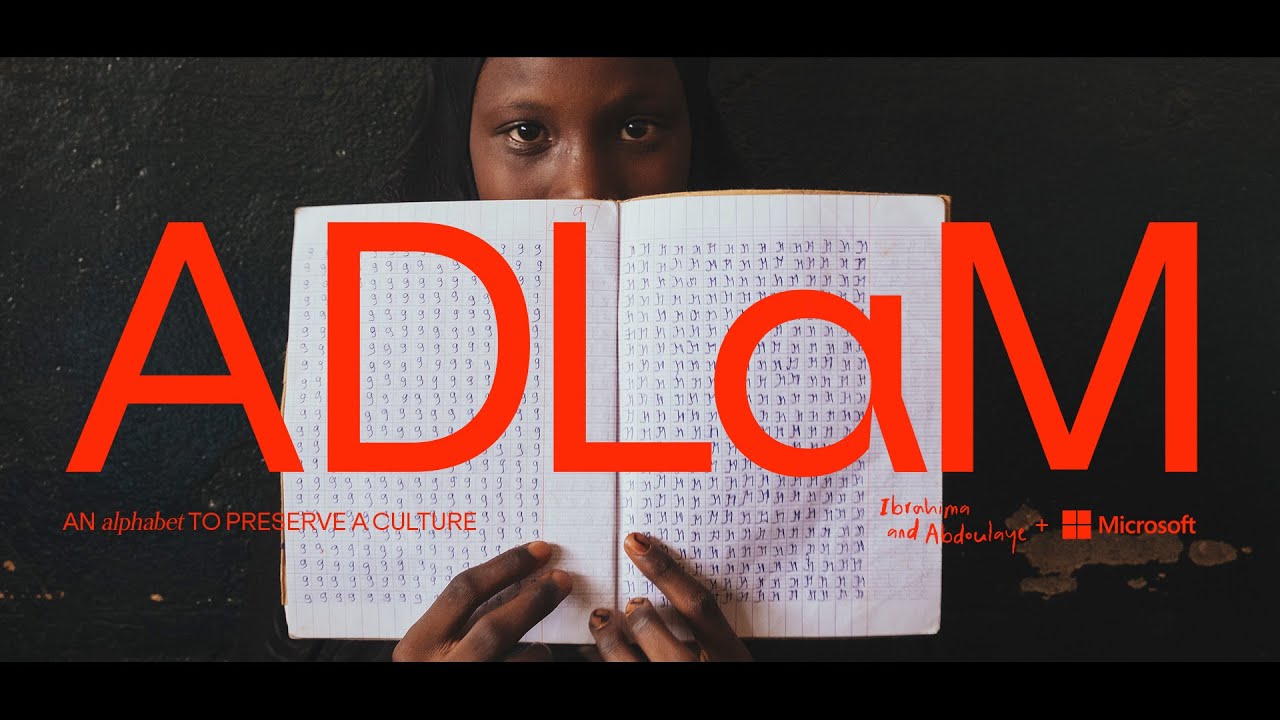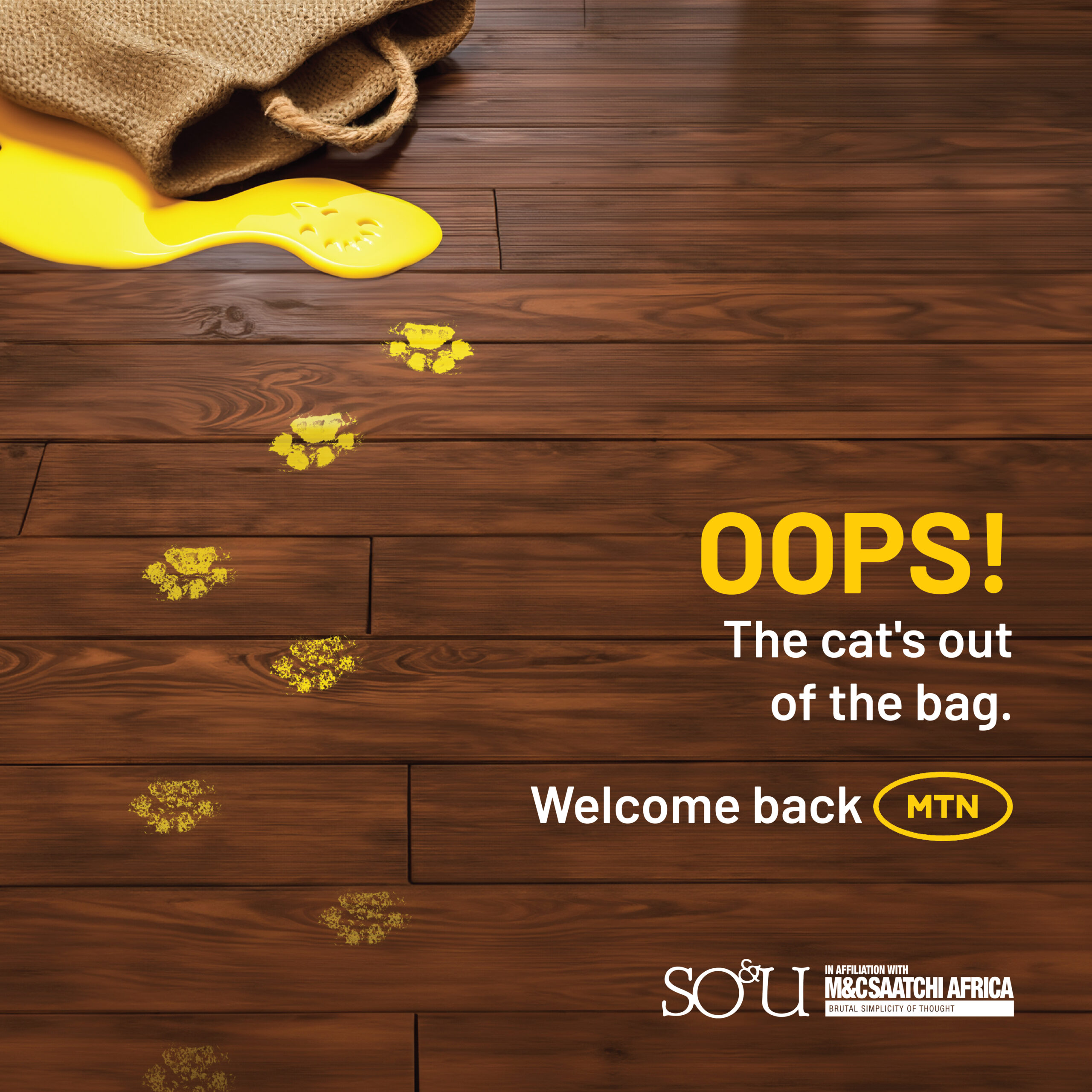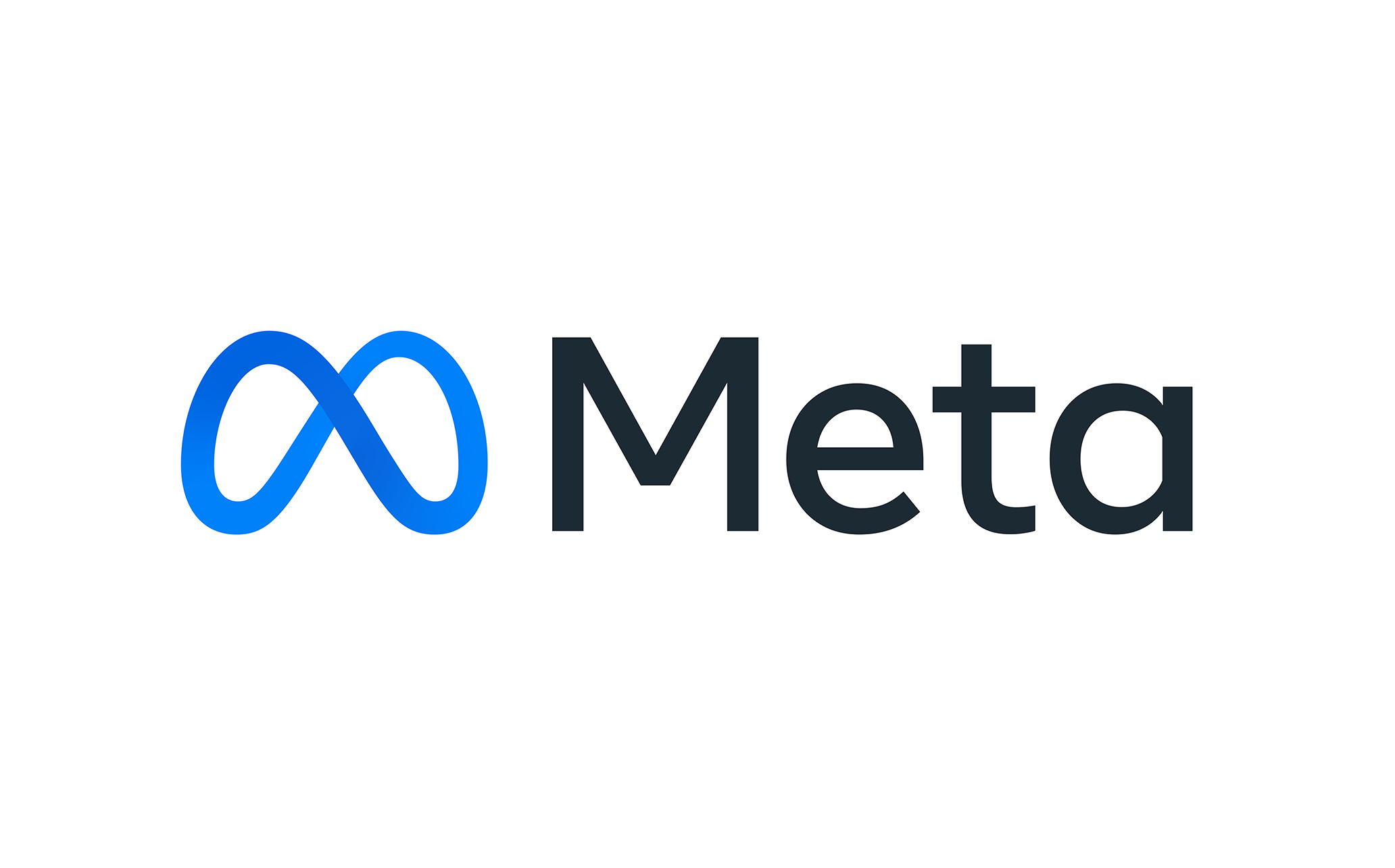By Ibidunni Banjoko
McCann New York has teamed up with Microsoft to extend the decades-long work of brothers Ibrahima and Abdoulaye Barry to introduce ADLaM display, a newly-evolved alphabet and typeface for the Pulaar language. With this project, the partnership will open up digital access to help preserve a West African language for 40 million Fulani people.
Commenting on the project, Shayne Millington, McCann NY co-chief creative officer, said: “Working together with Microsoft, which is so focused on empowerment, and the Barry Brothers, who had the ingenuity and drive to create an alphabet from the ground up, we were to help connect a community, expand literacy and preserve a culture.”
“ADLaM perfectly showcases how creativity, technology and the human spirit can come together to generate a meaningful and enduring impact on people’s lives.
“ADLaM Display is now available to download and will be deployed natively across the Microsoft 365 product suite, as well as on desktop and mobile platforms, this summer. It’s one of several language preservation projects that Microsoft has undertaken, which include expanding access to te reo Māori, Chakma, Querétaro Otomi and Yucatec Maya,” he stated.
ADLaM Display is a digitized version of the Pulaar language alphabet, originally created by the Barry brothers in 1989 to preserve the Pulaar language of the Fulani people in West Africa.
It was never written and was at risk of disappearing until the brothers created letterforms based on the language’s sounds. Named after an acronym pulled from the Pulaar phrase Alkule Dandayɗe Leñol Mulugol, which means “the alphabet that will prevent the culture, the people, from disappearing,” ADLaM Display is an evolution of the brothers’ original digitization effort, further enhanced by a group of expert typeface designers for use across text messages, emails and websites.
The language preservation project began in 2018, when Microsoft first met the brothers at a Unicode conference. It’s since expanded to a larger literacy project between the Barrys and McCann for Guinean schools, and has become a resource for the Fulani people to conduct business and connect socially online.
In-classroom learning materials, a learn-to-write book and a children’s book were designed to teach the ADLaM alphabet and elements of the Fulani culture, which were also digitized for classroom computers. The first two ADLaM-focused schools will open in Guinea this year.
In-classroom learning materials, a learn-to-write book and a children’s book were designed to teach the ADLaM alphabet and elements of the Fulani culture, which were also digitized for classroom computers. The first two ADLaM-focused schools will open in Guinea this year.







Comment
No comments found.